

Charles August Albert Dellschau (4 June 1830 Prussia – 20 April 1923 Houston Texas) |
  |
|
|
The first major book on Charles Dellschau, produced by Marquand Books and published by D.A.P. with introduction by James Brett founder of The Museum of Everything, and essays by Thomas McEvilley, Roger Cardinal, Thomas Crouch, Barbara Safarova, Tracy Baker White and Randall Morris . Dellschau's work will be on view at Cavin Morris Gallery May - August 16 2013 in an exhibition entitled "Restless II" and at the Pulse New York Art Fair May 9-12. The works of Charles Dellschau appeared at The Museum of Everything exhibtion at Chalet Society in Paris France. |
All works watercolor, pencil and collage on paper approx 17 x 18 inches 1919 - 1920. All works are double sided. Please inquire for available works and pricing. Click to enlarge.
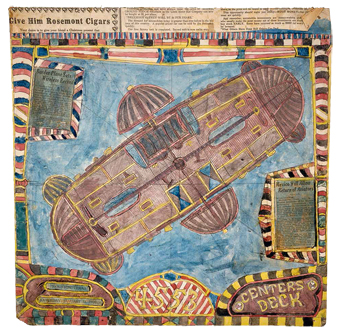
|
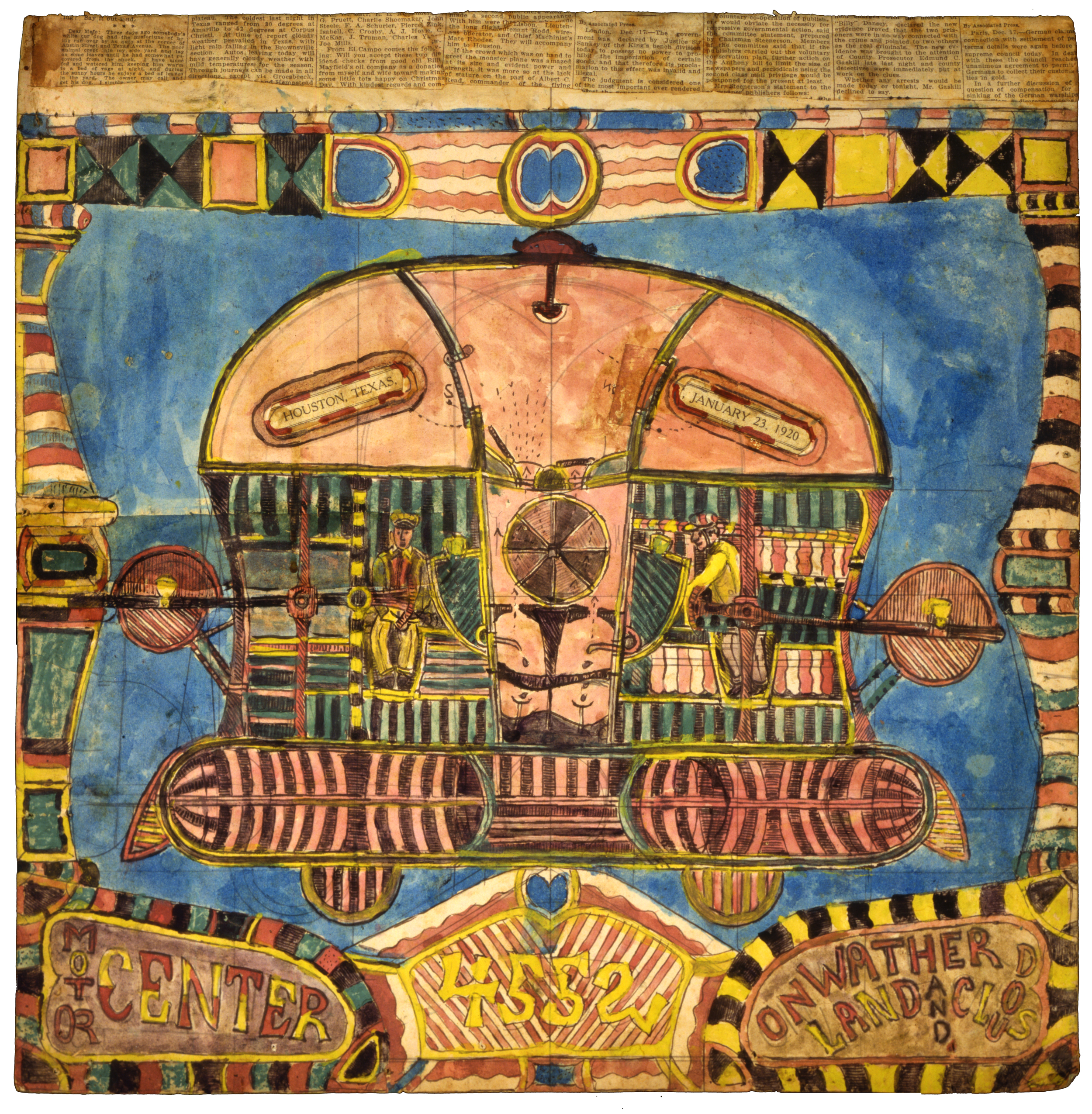
|
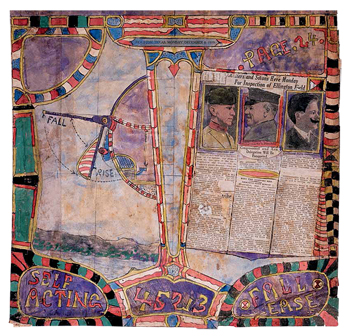
|
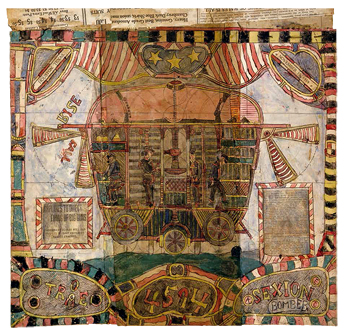
|
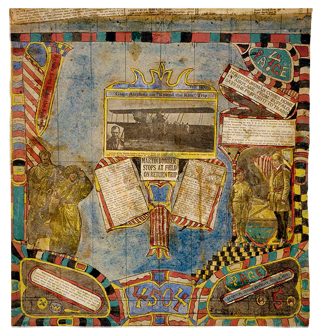
|
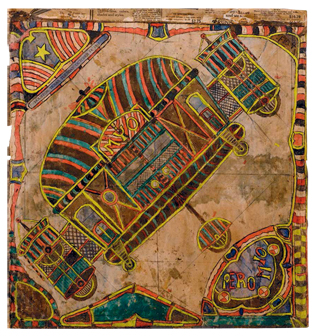
|
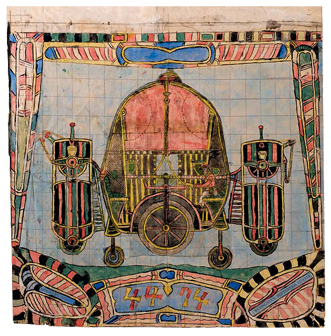
|
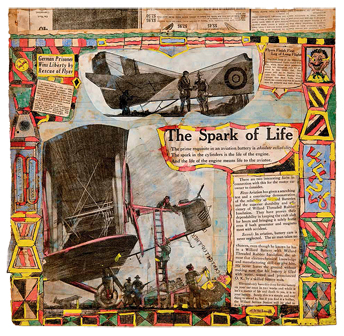
|
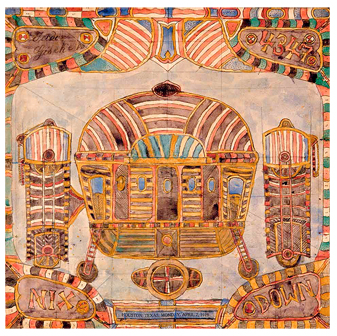
|
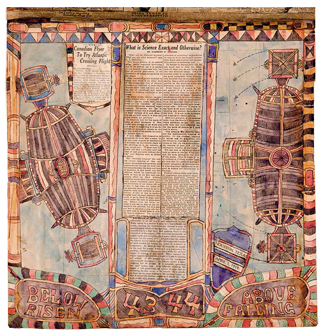
|
|
In the fall of 1899, Charles A.A. Dellschau (1830–1923), a retired butcher from Houston, embarked on a project that would occupy him for more than twenty years. What began as an illustrated manuscript recounting his experiences in the California Gold Rush became an obsessive project resulting in twelve large, hand-bound books with more than 2,500 drawings related to airships and the development of flight. Dellschau’s designs resemble traditional hot air balloons augmented with fantastic visual details, collage and text. The hand-drawn “Aeros” were interspersed with collaged pages called “Press Blooms,” featuring thousands of newspaper clippings related to the political events and technological advances of the period.
After the artist’s death in 1923, the books were stored in the attic of the family home in Houston. In the aftermath of a fire in the 1960s, they were dumped on the sidewalk and salvaged by a junk dealer, and later owned, studied and preserved by a local artist who for twenty years was preoccupied with their mysteries. Eight books made their way into the collections of the San Antonio Museum of Art, the Witte Museum and the Menil Collection; the remainder were sold to a private collector, and made their way into the art world. Dellschau’s works have since been collected by numerous other museums including the American Folk Art Museum, the High Museum, the John Michael Kohler Arts Center, the Philadelphia Museum of Art, The Museum of Everything in London, and ABCD Foundation Paris all have major holdings of this artists works.. Like the eccentric outpourings of Adolf Wölfli, Henry Darger and Achilles Rizzoli, these private works were not created for the art world, but to satisfy a driving internal creative force. Dreamer, optimist and visionary, Charles Dellschau is one of the earliest documented self taught visionaryartists known in America.
Excerpted from "A Higher Vision is a Basic Demand of Poetry" by Thomas McEvilley:
- download 20 page PDF catalog from ARTnow art fair 2008 . High resolution 152 MB. |